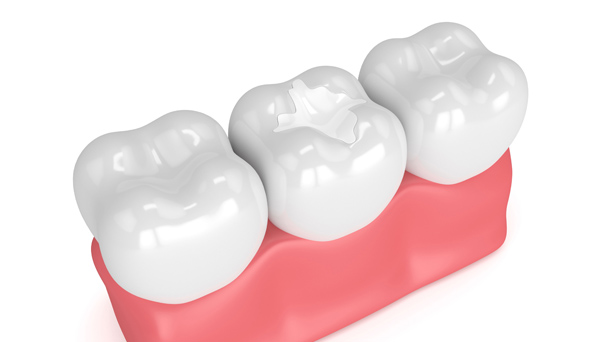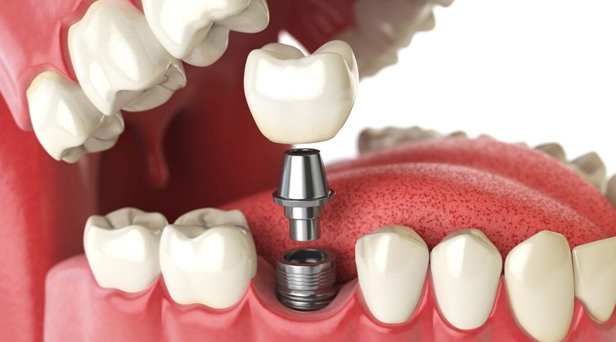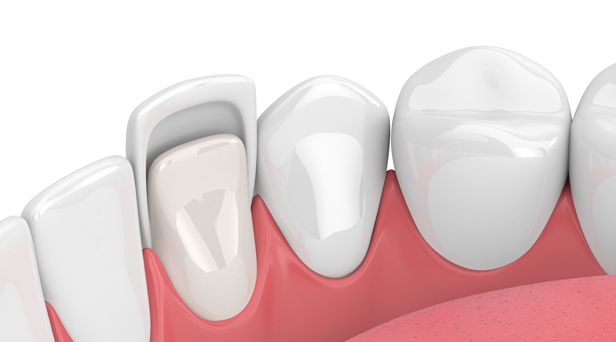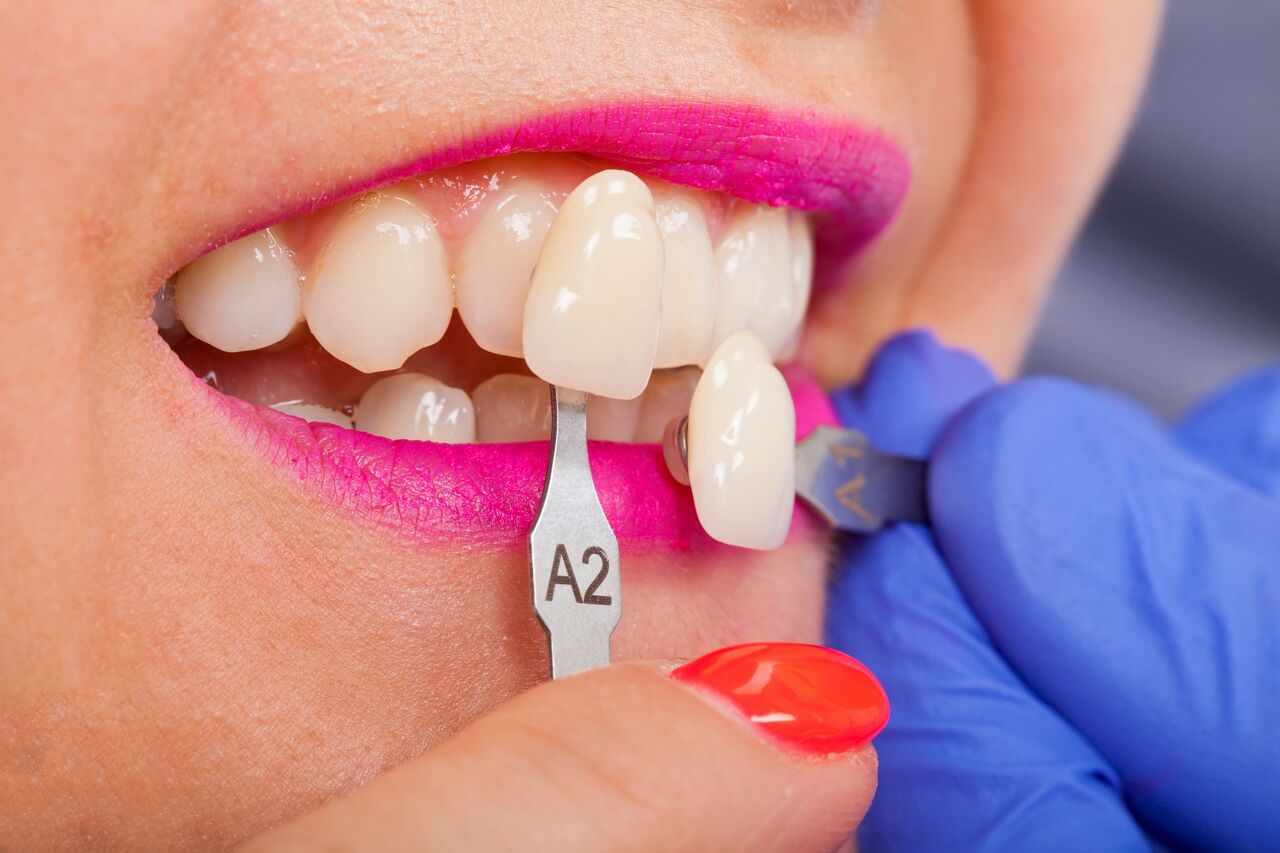Along with keeping your overall body clean, it is important to maintain good oral hygiene. Most of us think that brushing our teeth two times a day can be enough to keep them clean, but there are chances that some parts of your mouth or teeth require more additional cleaning, such as molars, the teeth at the back, which we are used for chewing. In structure, molars are uneven and rough, so they make a perfect spot for food to get stuck and produce bacteria that later creates cavities.
In situations like these, sealants can become your savior. A thin coating is made of plastic and other dental materials. It sticks to the surface of your back teeth and provides protection. They cannot replace flossing or brushing; they just act as an additional source to protect your teeth and keeping them clean. Sealants stop the formation of cavities.
How Do Sealants Work?
Just like raincoats protect you from getting wet in the rain, sealants protect teeth from bacteria and cavities. The bacteria that live in every mouth produces cavities in which food particles can get stuck and produce acid which will lead to holes (cavities) formation in teeth. Applying a sealant can help you keep away leftover food particles from getting stuck in your teeth and damaging them.

Who Can Get Sealants?
People from every age group can use sealants. But it is always better to get them as early as possible. When your first molars appear, it is better to seal right away. It can help your teeth stay cavity-free and save you from the risk of any future dental problems.
How Are Sealants Applied?
Applying sealant is a quick process and completely painless. Your dentist will clean your teeth first and dry them. He will apply an acidic gel on your teeth. The surface of your tooth will get rough after gel’s application, and that is to provide reliable contact between the tooth and the sealant.
After a while, he will remove the acid by rinsing it off and will dry your teeth again to apply the sealant finally. A specific blue light is used to set and solidify the sealant.
Can Sealants Be Placed Over Cavities?
If you are noticing early decay, you can get a sealant applied to stop any further damage from happening. Some sealants are transparent, so it is easy to see if it is doing its job correctly or not.
Contact Fusion Dental Care Today
Our team at Fusion Dental wants to make sure that our patients are comfortable with whatever treatment they choose. Our skilled staff will answer any questions you may have and ensure you understand all of the details every step of the way. We may even provide molds, x-rays, and photos to help us build you a customized treatment plan.
If you are interested in finding out more about dental sealants in Raleigh, NC, please contact Fusion Dental to schedule your appointment.










